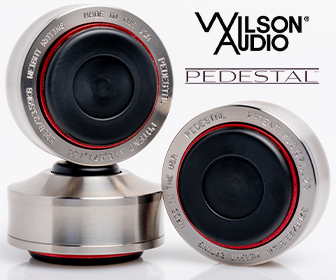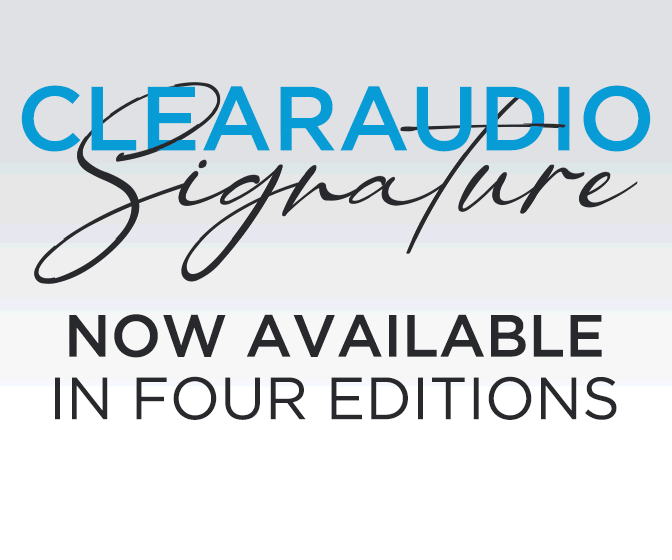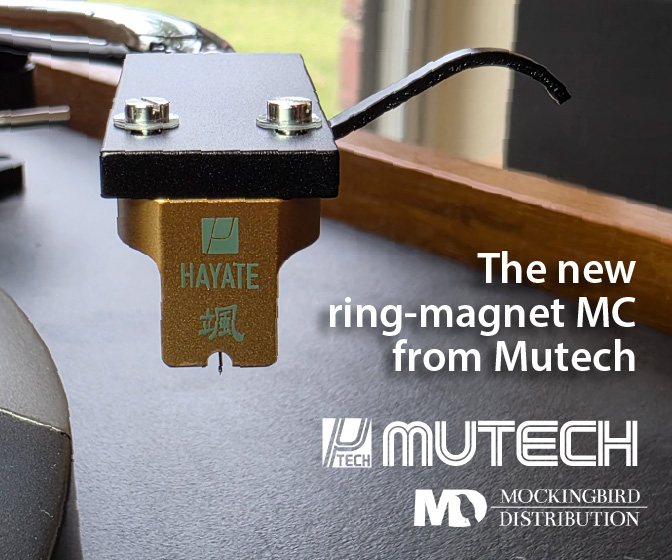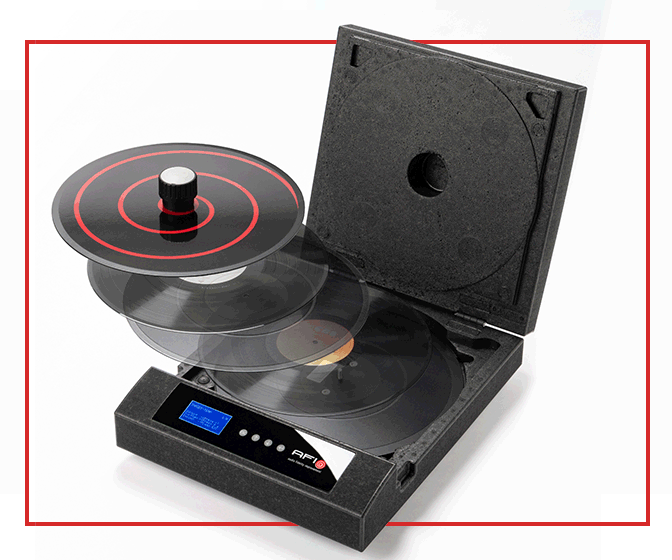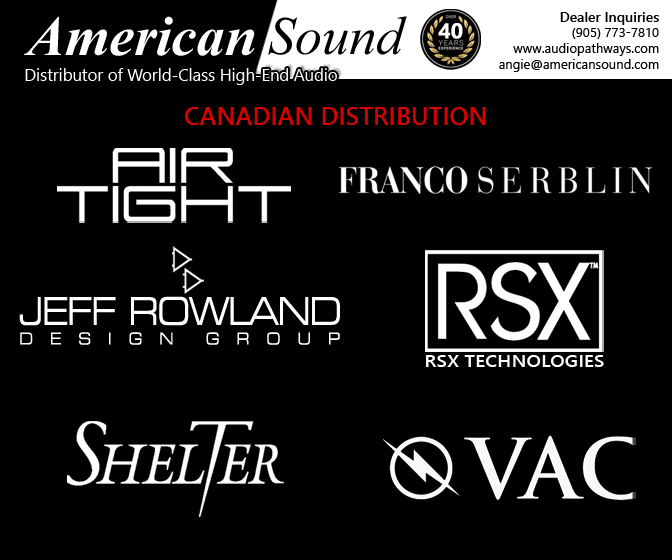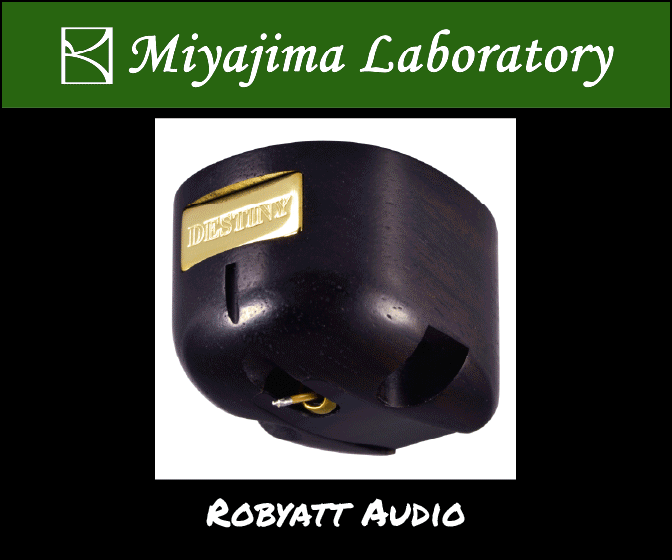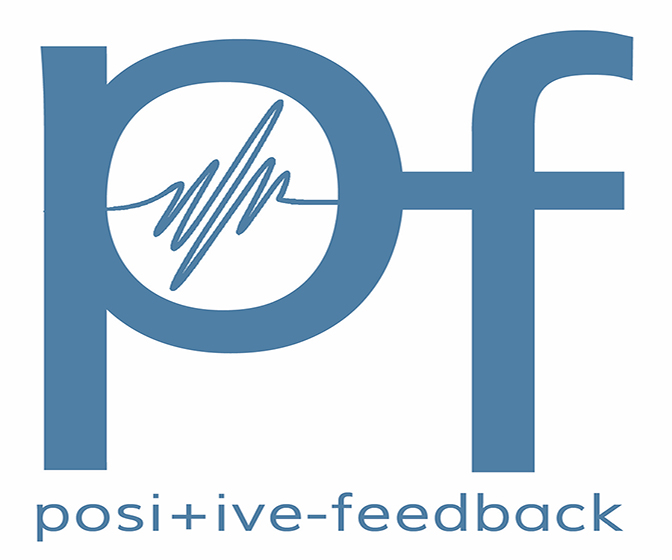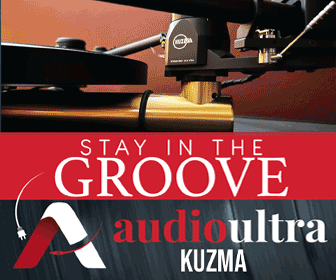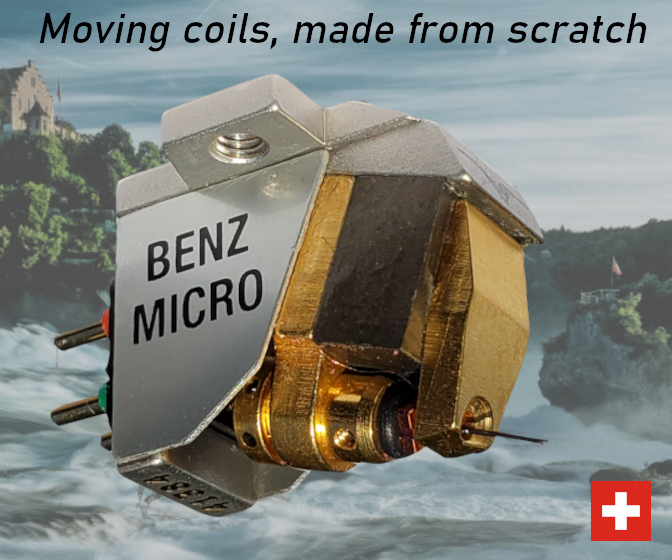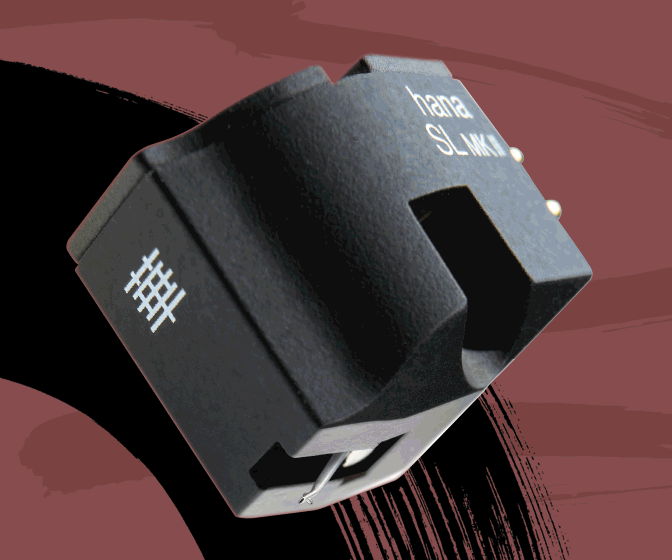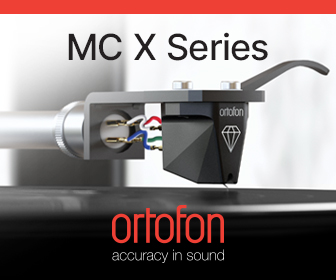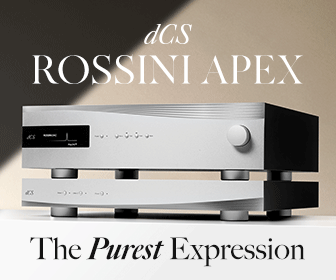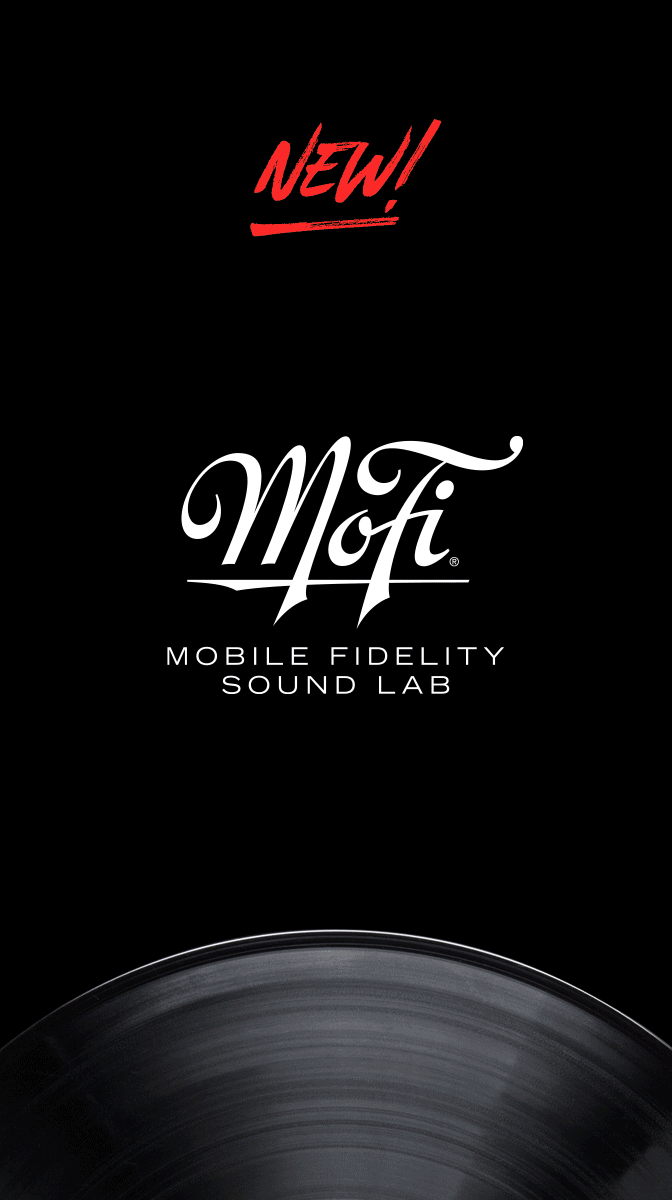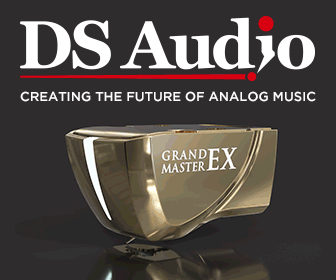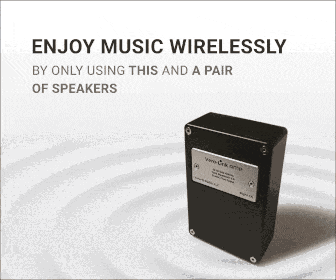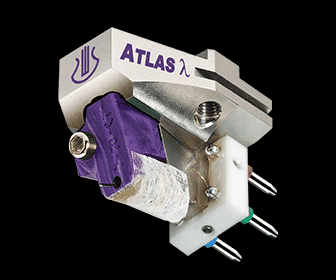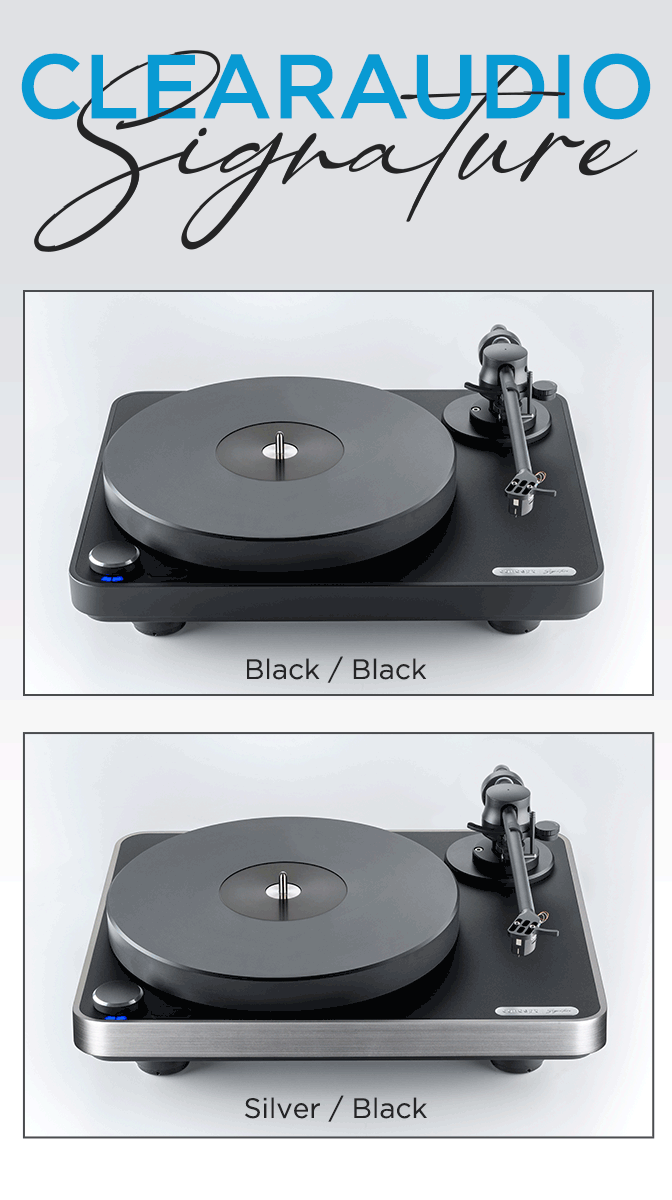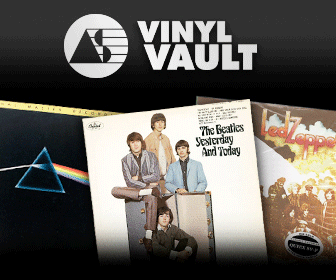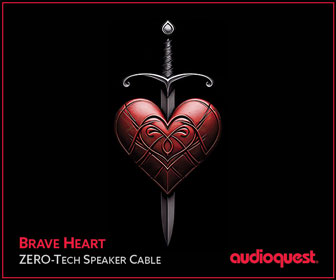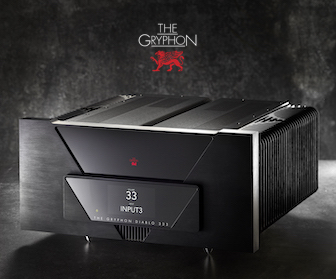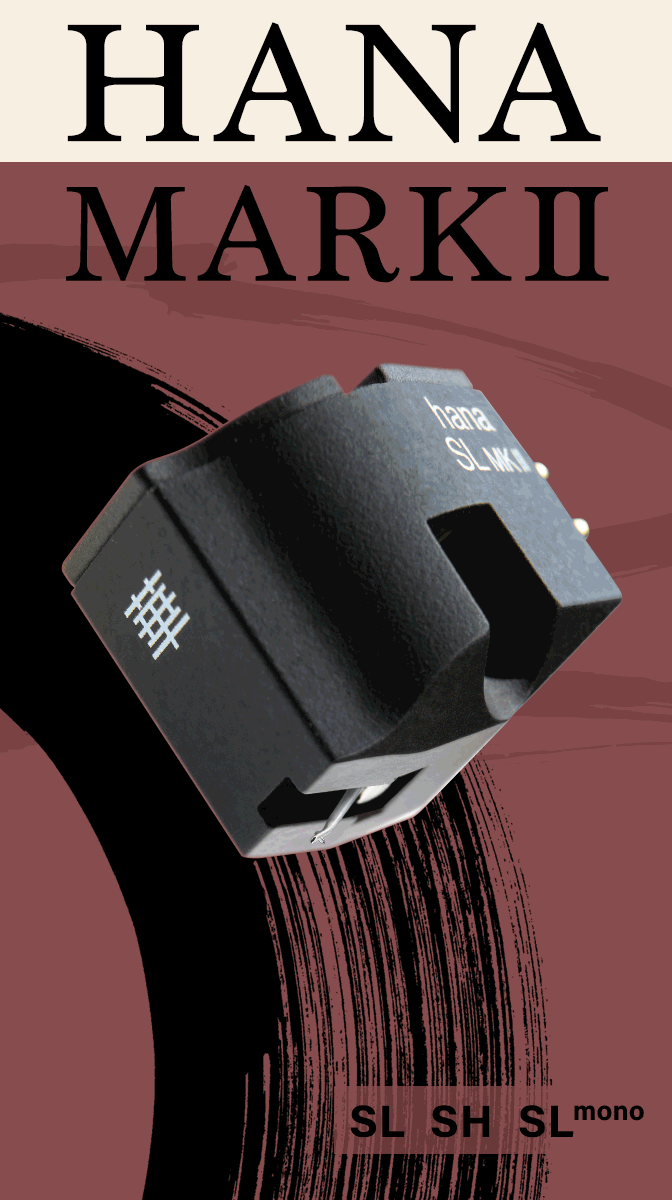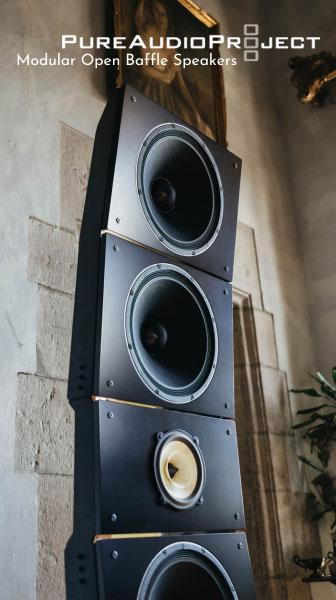Unassuming Gems By Duke Ellington & Johnny Hodges, Roland Kirk Shine Via Acoustic Sounds
NEITHER ‘SIDE BY SIDE’ NOR ‘NOW PLEASE DON’T YOU CRY, BEAUTIFUL EDITH’ REINVENTED THE WHEEL — AND THEY NEVER NEEDED TO
Duke Ellington and Johnny Hodges may co-headline Side by Side, their portraits aligned in parallel on the cover. But for most of that 1959 album’s runtime, the titanic pianist, composer, and bandleader and his longtime alto saxophone foil aren’t together at all.
On August 14, 1958, Hodges led a band of Ellington alumni and associates — tenor saxophonist Ben Webster, pianist Billy Strayhorn, bassist Wendell Marshall, and drummer Jo Jones — through four of his own compositions: “Big Shoe,” “Ruint,” “Bend One,” and “You Need to Rock.” He rounded out the session with two American Songbook staples: “Just a Memory” by Lew Brown, Ray Henderson, and Buddy DeSylva, and “Let’s Fall in Love” by Harold Arlen and Ted Koehler. Yet Ellington himself is only on three tracks — his originals "Stompy Jones," and "Going Up," and Fats Waller and Clarence Williams' "Squeeze Me." Yet their partnership shines through on this swinging, unassuming program.
Nearly a decade later, Roland Kirk — still performing under that name, two years before adding “Rahsaan” — cut an album bridging his Mercury/Limelight output and the spiritually charged, politically engaged work that would define his Atlantic years. Recorded in 1967 with pianist Lonnie Liston Smith, bassist Ronnie Boykins, and drummer Grady Tate, Now Please Don’t You Cry, Beautiful Edith followed the meditative all‑flute textures of I Talk With the Spirits (1964), the explosive abstraction of Rip, Rig and Panic (1965), and the Afro‑Latin stylings of Slightly Latin (1966).
Although Side by Side and Now Please Don’t You Cry, Beautiful Edith were both originally released on Verve, you might not think to pair them — until now. On March 21, Verve’s audiophile reissue campaign via Acoustic Sounds brought Edith back to vinyl for the first time in nearly six decades (aside from a 1990 CD two‑fer with Rip, Rig and Panic); Side by Side followed on April 11. (For more of my Acoustic Sounds reviews for Tracking Angle, visit here and here.)
Music

Sound

Ellington and Kirk were innovators from different corners of the jazz cosmos — one the architect of large‑ensemble swing, the other a post‑bop futurist who famously played three horns at once. But these albums meet in tone: both are relaxed, off‑the‑clock affairs, focused less on innovation than on feel, clarity, and connection. Neither aimed to redraw the map, and that’s exactly their charm.
To compare pressings, Tracking Angle editor‑in‑chief Michael Fremer and I started with Analogue Productions’ 2012 double 45 RPM release of Side by Side. That pressing feels mellow, inviting, and spacious — Hodges and Eldridge’s breath, tone, and reedwork are vividly present, almost tactile. We followed it with Speakers Corner’s 2009 version — but with softer transients and a looser low end, that edition lacked precision and depth, leaving much to be desired.
Cracking open the Stoughton tip‑on jacket of Acoustic Sounds’ 2025 edition of Side by Side is a tactile pleasure — a newly expanded gatefold, with vivid photos of Ellington and Hodges in sharp relief. As for the sound: it’s a knockout, revealing greater detail and spatial realism than either of its predecessors. Credit to reissue supervisor Chad Kassem and lacquer cutter Matthew Lutthans, working from the Mastering Lab at QRP.
The bass is massive but never exaggerating or overbearing, and the dynamic range in Jo Jones’ drums — the way he settles into the groove, then rears back with a thunderous snare crack — is deeply satisfying. Full‑bodied and midrangey without sacrificing clarity elsewhere in the soundfield, this is the definitive pressing of Side by Side.
Music

Sound

Next up was Now Please Don’t You Cry, Beautiful Edith — and with no prior LP reissue on hand, this was our sole point of comparison. But hopefully you’ll forgive us: Kirk’s only album for Verve, Edith has long been one of his more overlooked titles, and original pressings have never been easy to find. Treated with the same all-analog rigor by Acoustic Sounds, the album’s elegance becomes unmistakable: lyrical, grounded, and imbued with subtle fire, a reminder that Kirk didn’t need spectacle to make magic.
These aren’t landmark recordings, nor are they natural entry points to either artist. If you’re new to Ellington or Kirk, start with Ellington at Newport or The Inflated Tear. But for those willing to dig a little deeper — to hear masters stretch out in informal, intimate settings — these new editions deliver in full.




